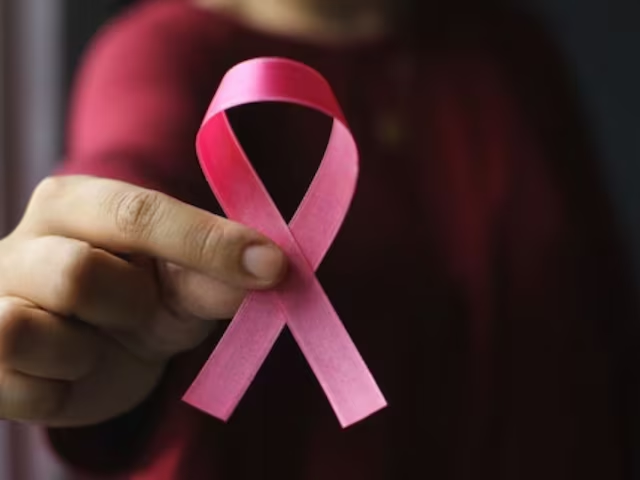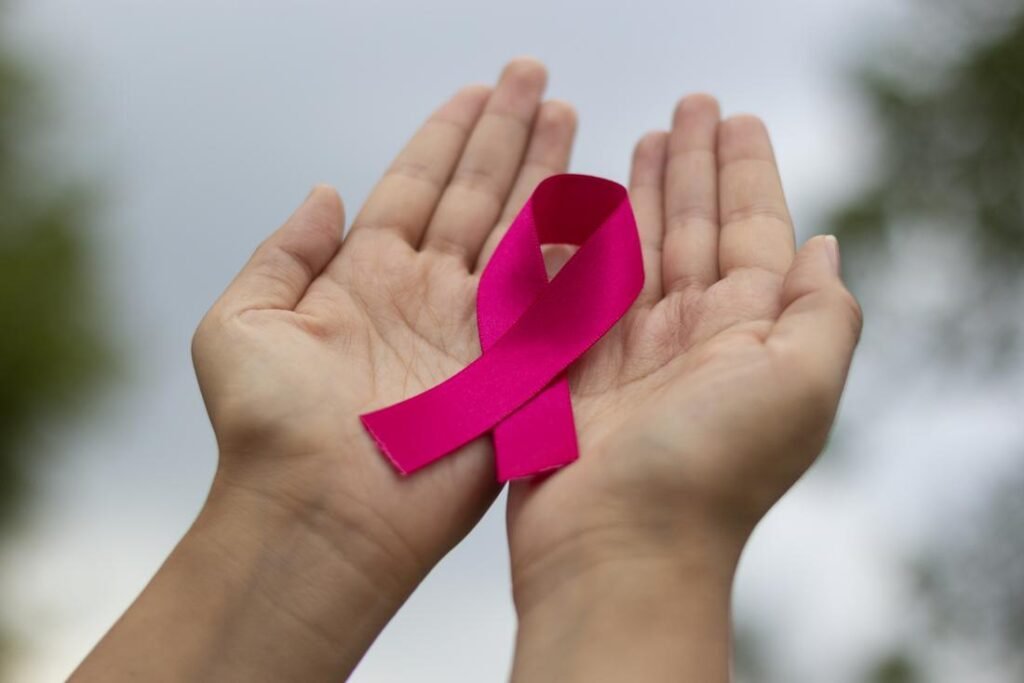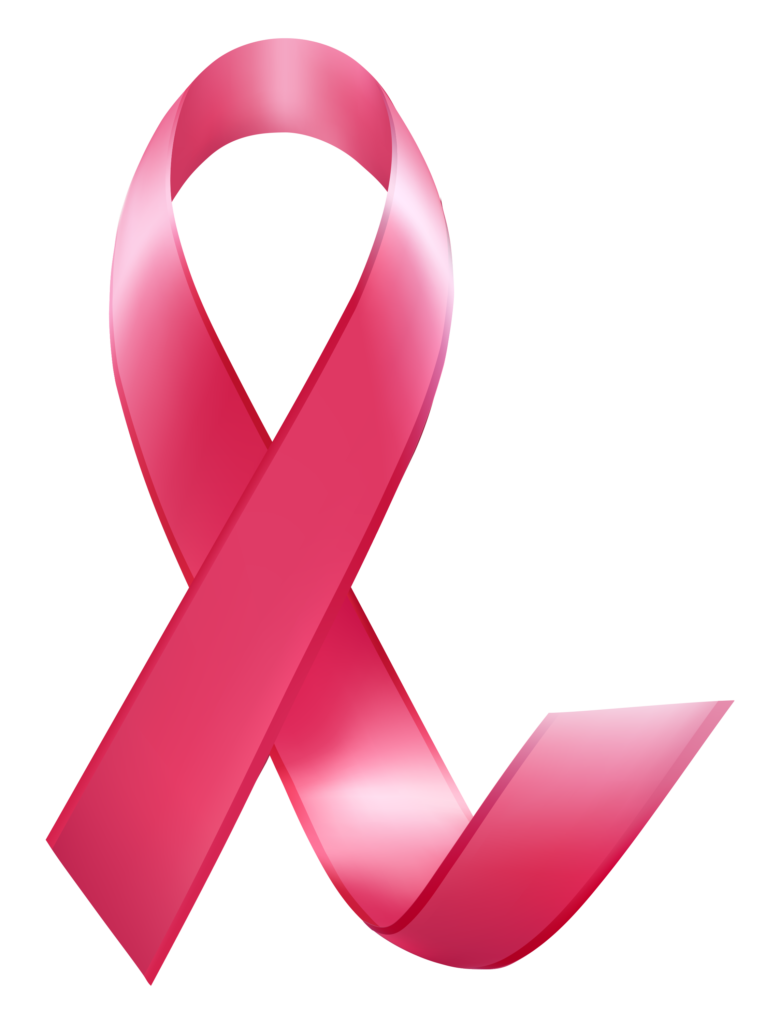Overview
Breast cancer remains a significant health concern for women worldwide, being the most frequently diagnosed cancer and the second leading cause of cancer deaths. While the severity of this disease is undeniable, early detection and proper treatment can dramatically improve outcomes. The journey of battling breast cancer is complex, but understanding its risks, symptoms, and stages provides a clearer path to prevention and treatment. Let’s break down some key aspects and fresh insights into this all-too-common illness.

Breast Cancer: What It Is and Where It Comes From
Breast cancer occurs when abnormal cells in the breast multiply and form a malignant mass or tumor. It often starts in the ducts or lobules, where breast milk is produced and transported, but it can also originate in other areas such as the connective tissue, albeit rarely. The cancer can metastasize, or spread, to nearby lymph nodes or other parts of the body, making early detection and treatment critical.
Hereditary factors, particularly mutations in the BRCA1 and BRCA2 genes, account for about 5-10% of breast cancer cases. However, most breast cancer cases occur without a clear genetic cause, adding an element of unpredictability to its development.
Early breast cancer is often asymptomatic, making regular screenings and self-awareness essential. Some changes that could indicate a problem include nipple changes (such as inversion or discharge), skin dimpling, pain, or noticeable changes in breast size. Swollen lymph nodes near the armpit or collarbone are also potential red flags. Later stages of breast cancer can bring more systemic symptoms, like joint pain or unintentional weight loss, indicating the importance of addressing concerns early.
Key Risk Factors: What to Watch For
Breast cancer risks rise significantly with age, especially after 55. While genetics can play a role, other risk factors include personal or family history of the disease, early menstruation, late menopause, and dense breast tissue. While some risk factors are unchangeable, several lifestyle adjustments can reduce the likelihood of developing breast cancer.
Notably, alcohol consumption increases the risk, with even moderate drinking raising the chances by up to 10%. Similarly, obesity and inactivity have been linked to higher risk, while exercise can help lower it by as much as 21%. The complexity of hormonal factors, such as birth control use and hormone therapy, adds another layer of consideration.


Types and Stages of Breast Cancer: From Non-Invasive to Advanced
Breast cancer can vary widely in terms of severity and treatment difficulty. Non-invasive cancers, like ductal carcinoma in situ, are the earliest forms and have yet to spread beyond the breast ducts or lobules. On the other hand, invasive types, such as invasive ductal carcinoma (IDC) and invasive lobular carcinoma (ILC), can spread to surrounding tissues and other areas of the body.
More aggressive forms of breast cancer include inflammatory breast cancer (IBC) and triple-negative breast cancer (TNBC). TNBC is particularly challenging because it lacks the hormone receptors that make other breast cancers responsive to certain treatments. These aggressive forms require swift and strategic treatment plans.
Conclusion: Driving Awareness and Encouraging Engagement
Breast cancer awareness has improved dramatically in recent years, but the conversation must continue. For business leaders, the topic often touches colleagues, family members, or even personal experience, making it relevant in the workplace and beyond. As founders and co-founders, you hold a unique position to promote awareness, encourage early detection, and support the broader cause.




